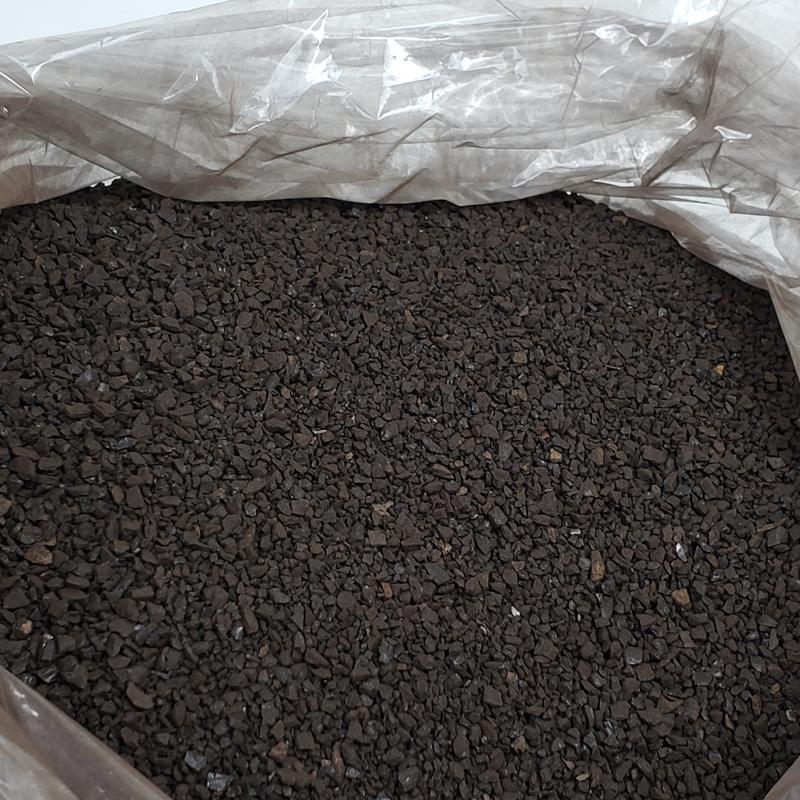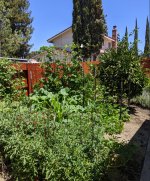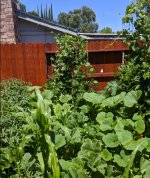I found it to do similar to compost. You can't dig up your entire yard and mix compost in. Anyway it's simple to apply. The app rate is on the bottle. You can call them direct and get the app rate too. Doesn't cost anything.I was just looking at this product ( BioS.I. ) last week but couldn't find many testimonials and couldn't find a application rate ( Oz / gal water / 1000 sf) . Can you share what your application rate is? My story is very similar to yours and I have about a acre to cover.
I applied it ONCE to my yard. That season it turned around like a normal yard. My hard clay soil with basically no root system responded. Put in an irrigation system. Looked for the roots. Not much there in the trenches OMG.
I found it looking for something to bust up clay soil. Turns out we need to feed the beneficial bacteria with sugar a couple times a year to keep them growing and healthy. I never did that. No wonder my concrete lawn struggled all the time.
That old school guy that used ammonia for nitrogen, corn syrup (sugar) to feed the beneficial organisms, dish soap as a surfactant and such. I have his book at home. You put all those items in a hose end sprayer. Jerry Baker was his name.



